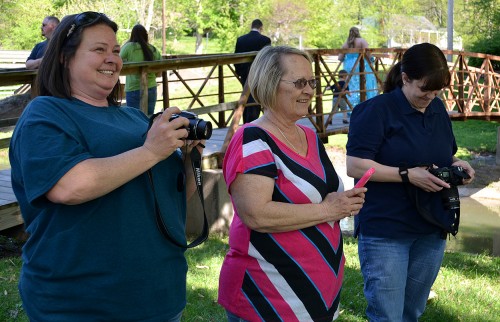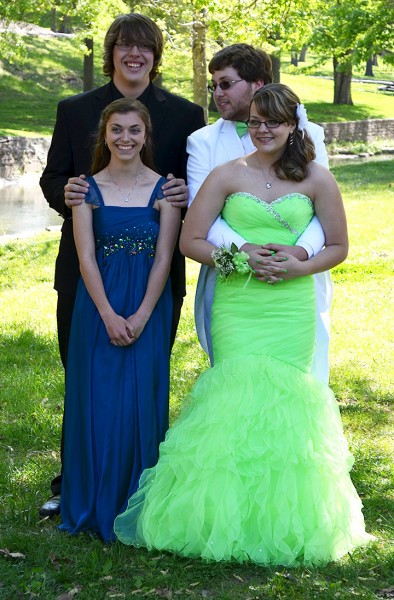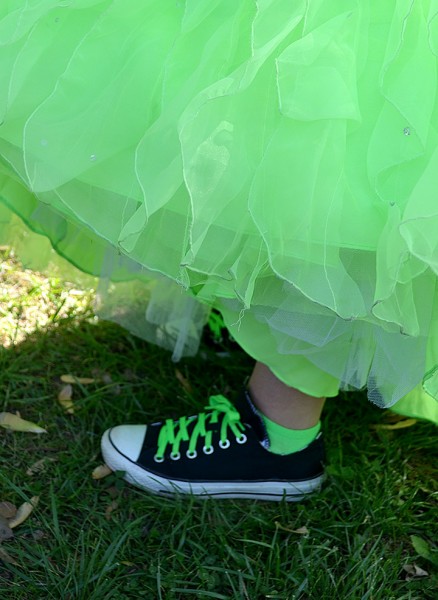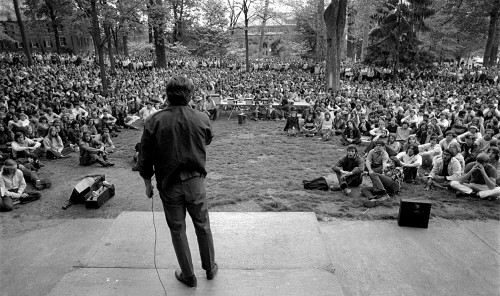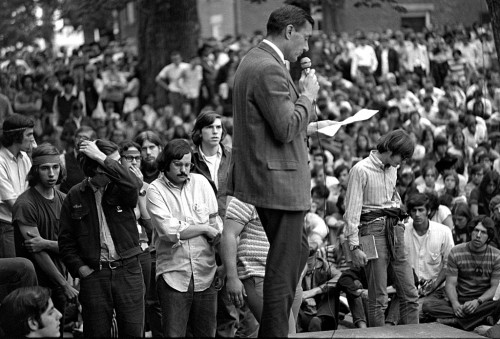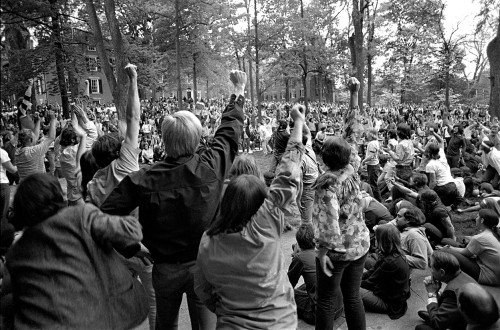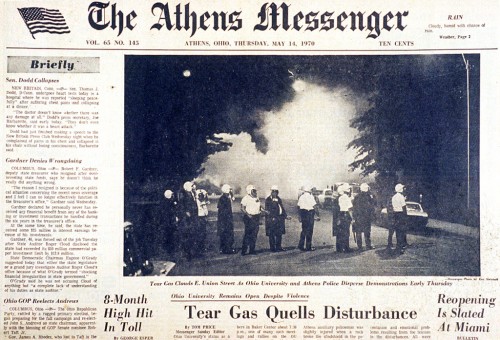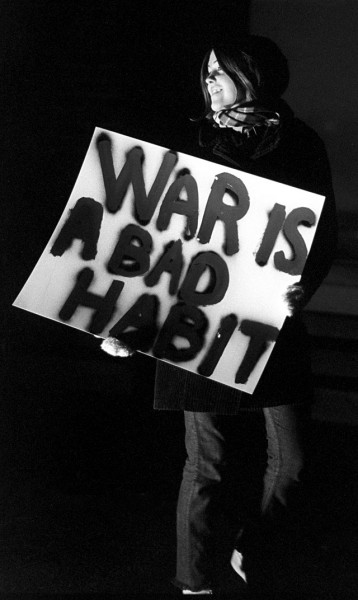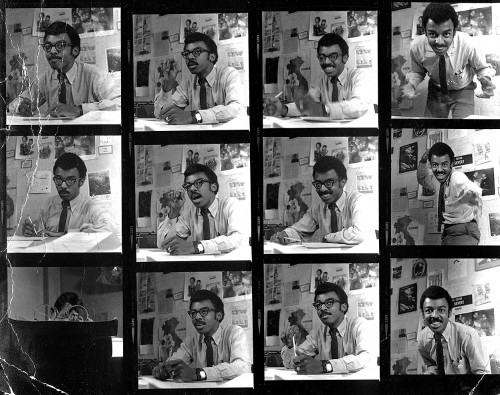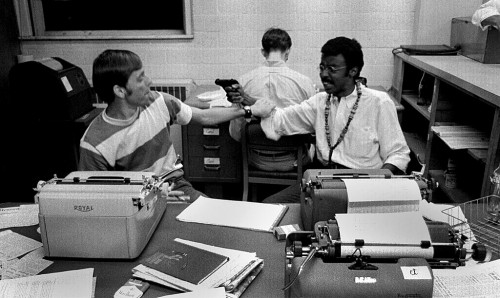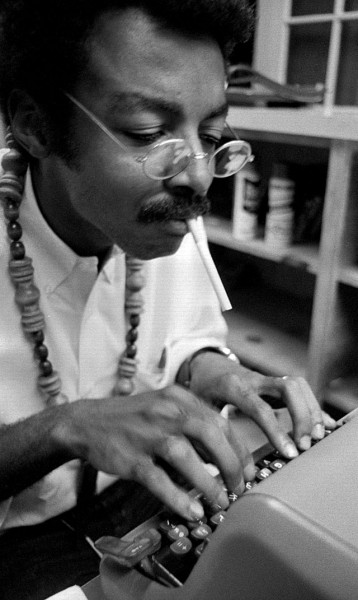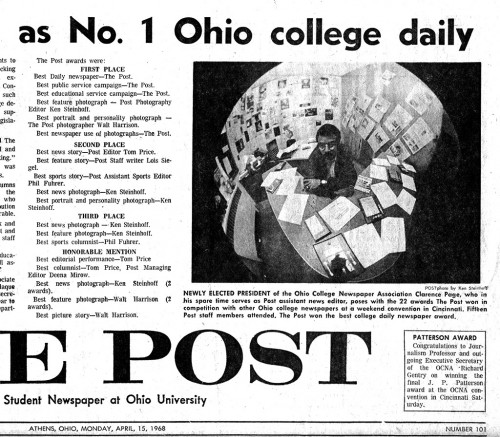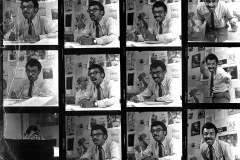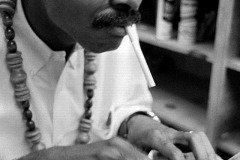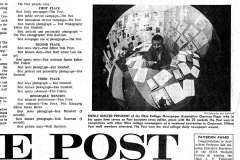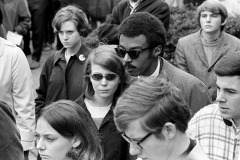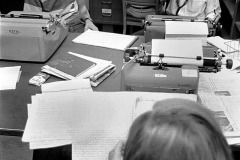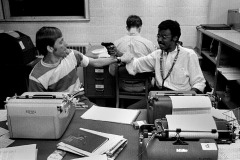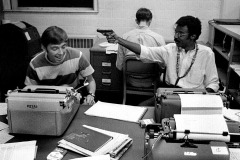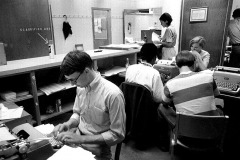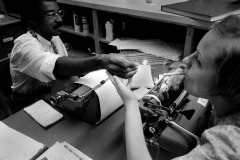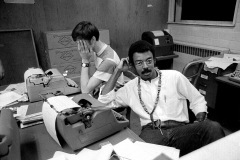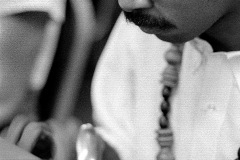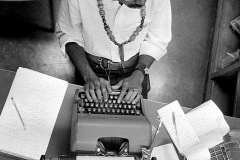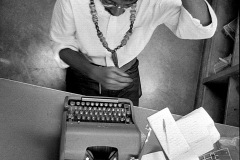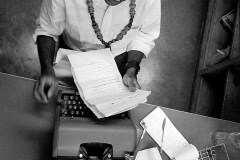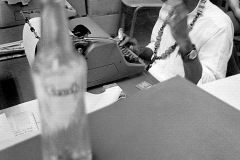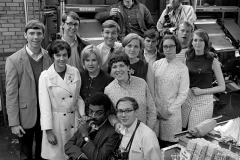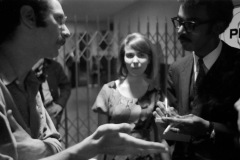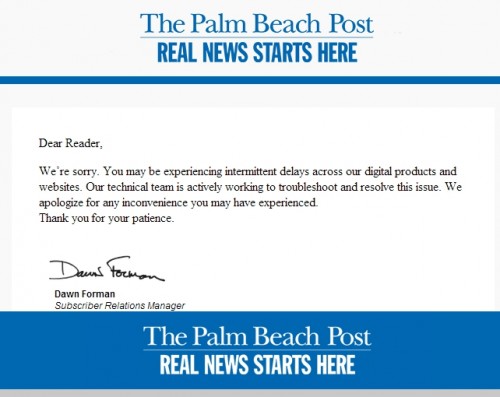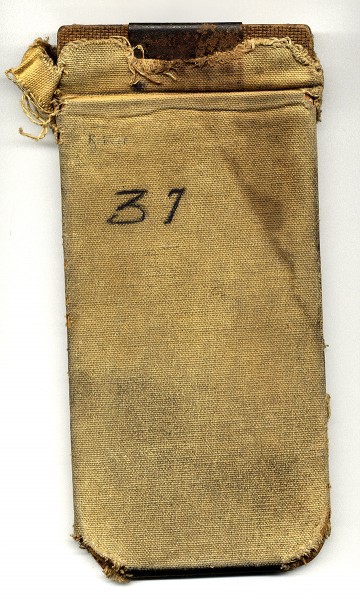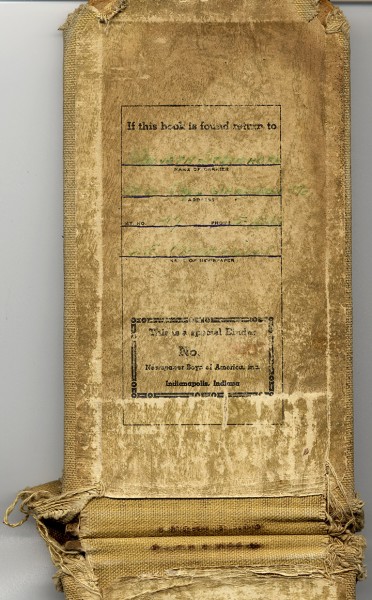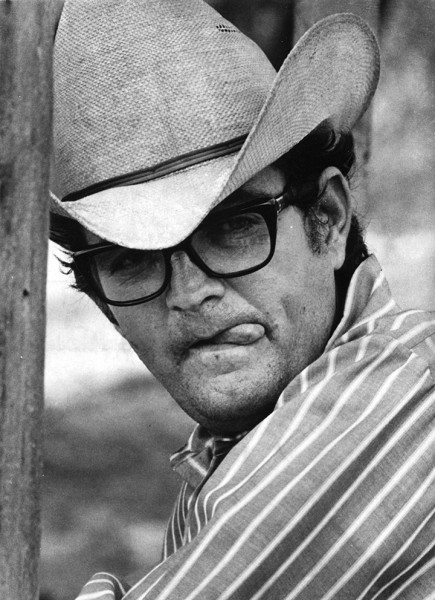 I was rummaging through a box and ran across two cartoons drawn by Scrawls, the Palm Beach Post’s editorial cartoonists in the ’70s.
I was rummaging through a box and ran across two cartoons drawn by Scrawls, the Palm Beach Post’s editorial cartoonists in the ’70s.
Sam Rawls is his real name, but we all called him Scrawls. (People who REALLY know him call him Scooter, but I never achieved that level of closeness.)
He left The Post to go to our Big Sister paper in Atlanta, where he stuck around about seven years. I lost track of where he was, and was almost afraid to Google him because I was afraid the trail would lead to an obit.
Fortunately, there’s still some ink left in his pen.
Speaking Southern
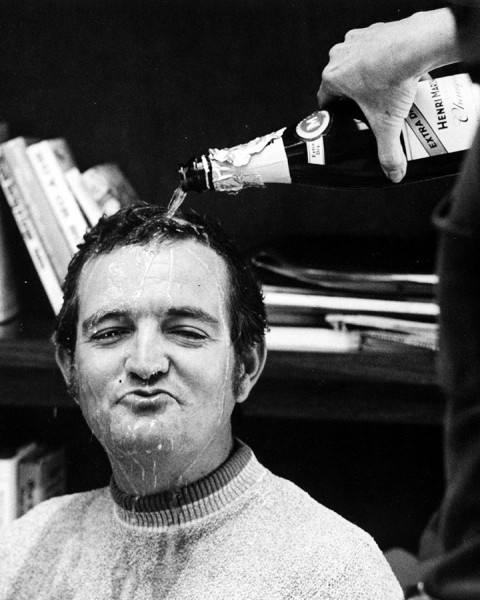 Long before Jeff Foxworthy came along with his “You might be a redneck if…” shtick, Post columnist Steve Mitchell wrote a book How to Speak Southern, illustrated by Sam. It was followed by More How to Speak Southern, followed by a combination of the two marketed as The Complete How to Speak Southern. Click on the links to order a copy from Amazon and make both Sam and me a few pennies.
Long before Jeff Foxworthy came along with his “You might be a redneck if…” shtick, Post columnist Steve Mitchell wrote a book How to Speak Southern, illustrated by Sam. It was followed by More How to Speak Southern, followed by a combination of the two marketed as The Complete How to Speak Southern. Click on the links to order a copy from Amazon and make both Sam and me a few pennies.
Sam has always cared about the environment. He’s been drawing cartoons to support the Initiative to Protect Jekyll Island. Take a look at some of his artwork skewering developers. I’m sure he is more effective at getting the point across than a whole forest of position papers.
Getting back to the cartoons
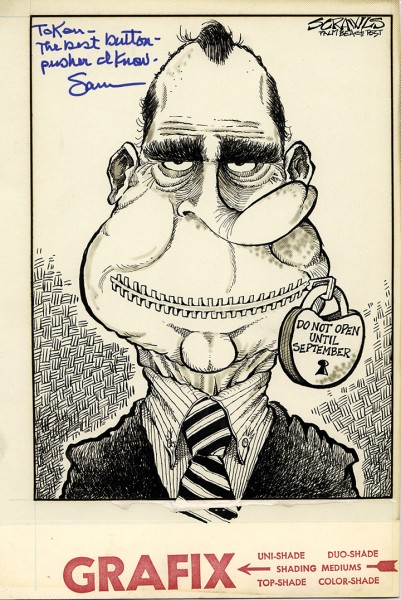 When Sam was packing up his office to go to the Big Time, I walked in to seeing him ripping up scads of his old cartoons. “What in the world are you doing?” I cried in a horrified tone.
When Sam was packing up his office to go to the Big Time, I walked in to seeing him ripping up scads of his old cartoons. “What in the world are you doing?” I cried in a horrified tone.
“They’ve already been published, and I don’t want them floating around where somebody will sell them, so I’m tearing them up.”
I managed to convince him to let me make off with these two Nixons from the Watergate era. One one he wrote a flattering message, “To Ken – The best button-pusher I know;” on the other, a more Scrawlsian “To Ken – if you sell it – make sure you get a good price.”
The story of the couch
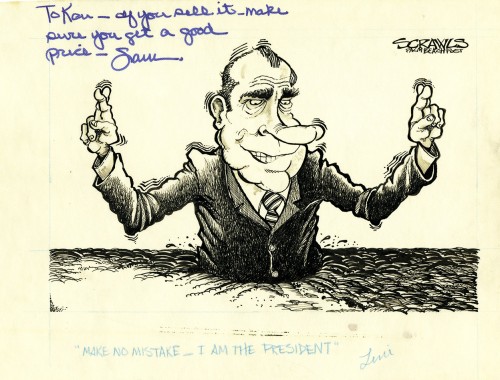 Newspapers were a little less politically correct (and a lot more fun) in the old days. They were inhabited by misfits on their way up and on their way down, and characters were the rule instead of the exception.
Newspapers were a little less politically correct (and a lot more fun) in the old days. They were inhabited by misfits on their way up and on their way down, and characters were the rule instead of the exception.
The photo department had a small room we called the Wire Room. It was used for storage and housed the Associated Press wirephoto transmitter. At one time, before I was hired, it contained an old black couch with an indeterminate covering. It looked like leather, but it was probably some substance not occurring in nature.
Someone told me that a homeless hooker used to walk Dixie Highway in front of the paper, and the photographers, being tenderhearted, offered her the couch as a place to sleep. Management got wind of their largess and said the couch had to go. [Checking the definition of “largess,” I’m not sure that’s exactly the right word: “Something given to someone without expectation of a return,” but, like I said, that all happened before I got to West Palm Beach…]
The couch was exiled to Sam’s office where it was assumed nothing nefarious would ever go on, said my source.
Couch Version II
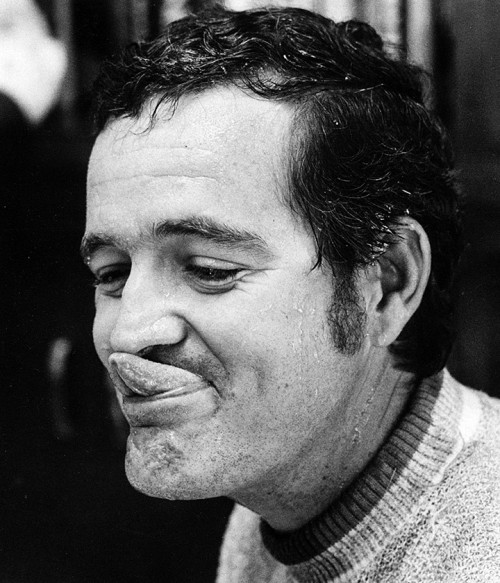 When I finally tracked Sam down this evening (he had been dodging torrential rain in Conyers, Georgia, where he lives), I had to ask him what happened to the couch. I thought I remembered management shipping it to him as a joke when he left.
When I finally tracked Sam down this evening (he had been dodging torrential rain in Conyers, Georgia, where he lives), I had to ask him what happened to the couch. I thought I remembered management shipping it to him as a joke when he left.
“That was my couch. I bought it. I’ve never heard the hooker story.”
We were both appalled that someone made up that story to pull my leg. On the other hand, we agreed that it was too good a story to cut out. If I outlive Sam, it’ll go back to being the Hooker Couch.
What is your favorite cartoon?
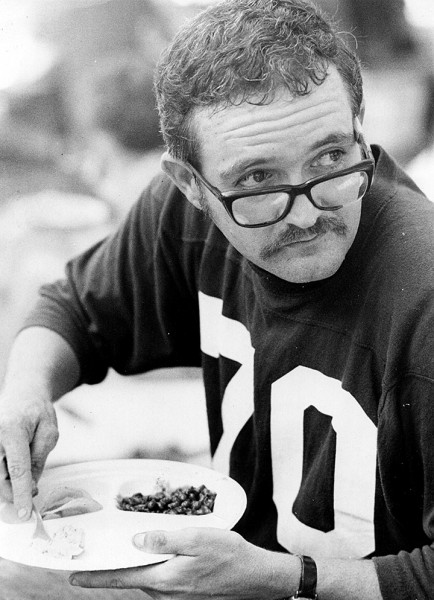 As soon as I asked what Sam considered his favorite cartoon, I cringed, knowing how I feel when someone asks about my favorite photo. Sam came back with an answer that I’m liable to steal, “I hope it’s the one on my drawing board the day I die.”
As soon as I asked what Sam considered his favorite cartoon, I cringed, knowing how I feel when someone asks about my favorite photo. Sam came back with an answer that I’m liable to steal, “I hope it’s the one on my drawing board the day I die.”
Just for the record, I didn’t shoot any of these photos. They came from a box we called “Party Pix,” a collection of staff photos going back to the early or mid-60s. If you doubt my earlier statement about working with characters, you need to take a walk down memory lane with me and that box.

